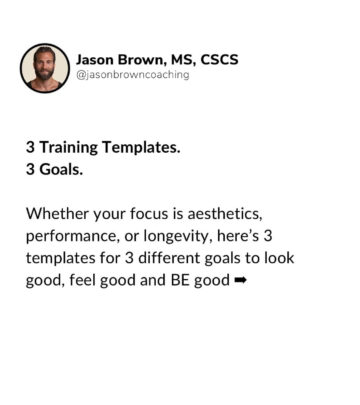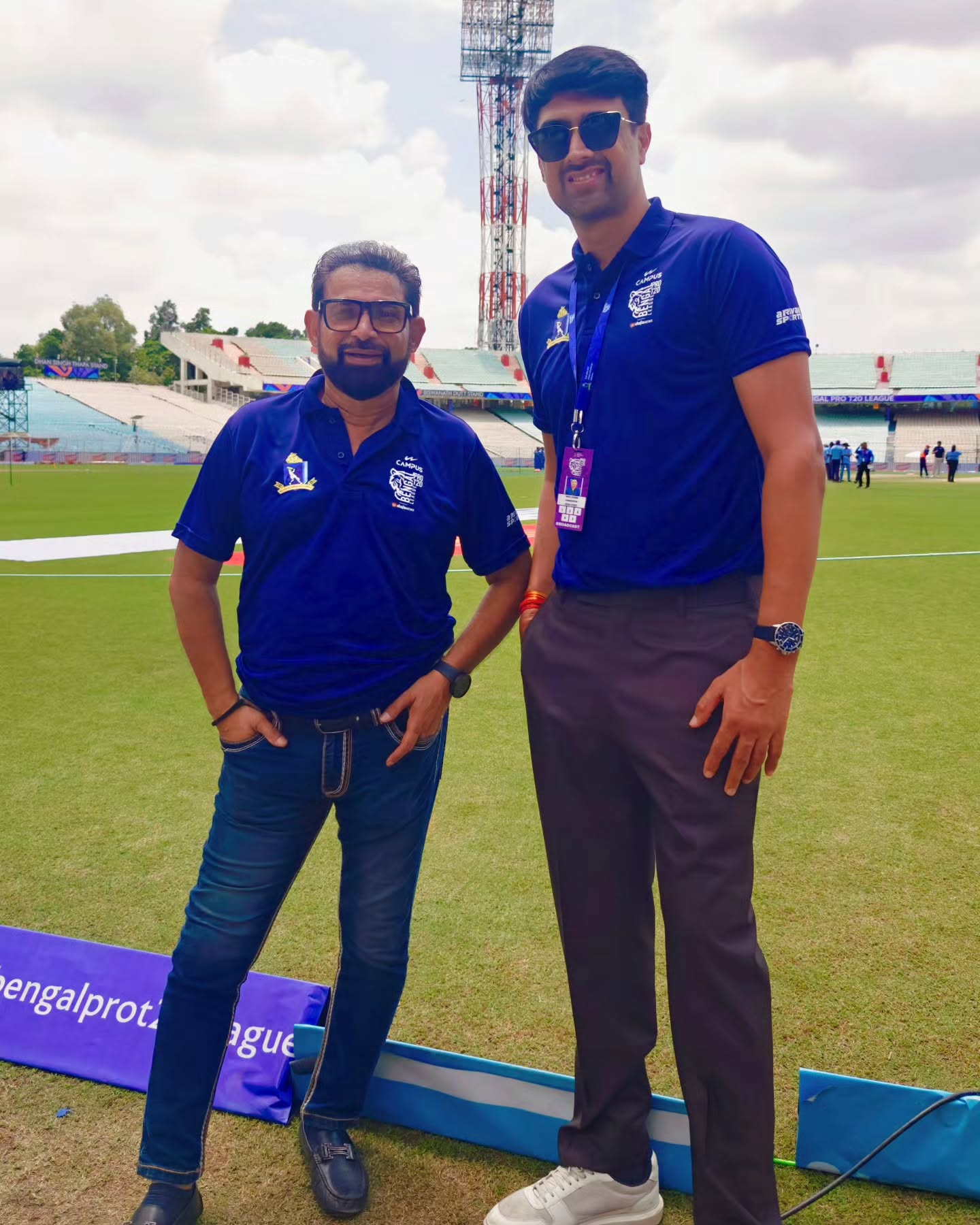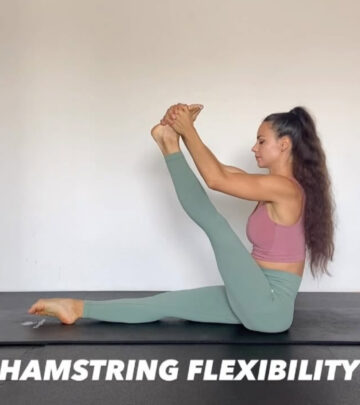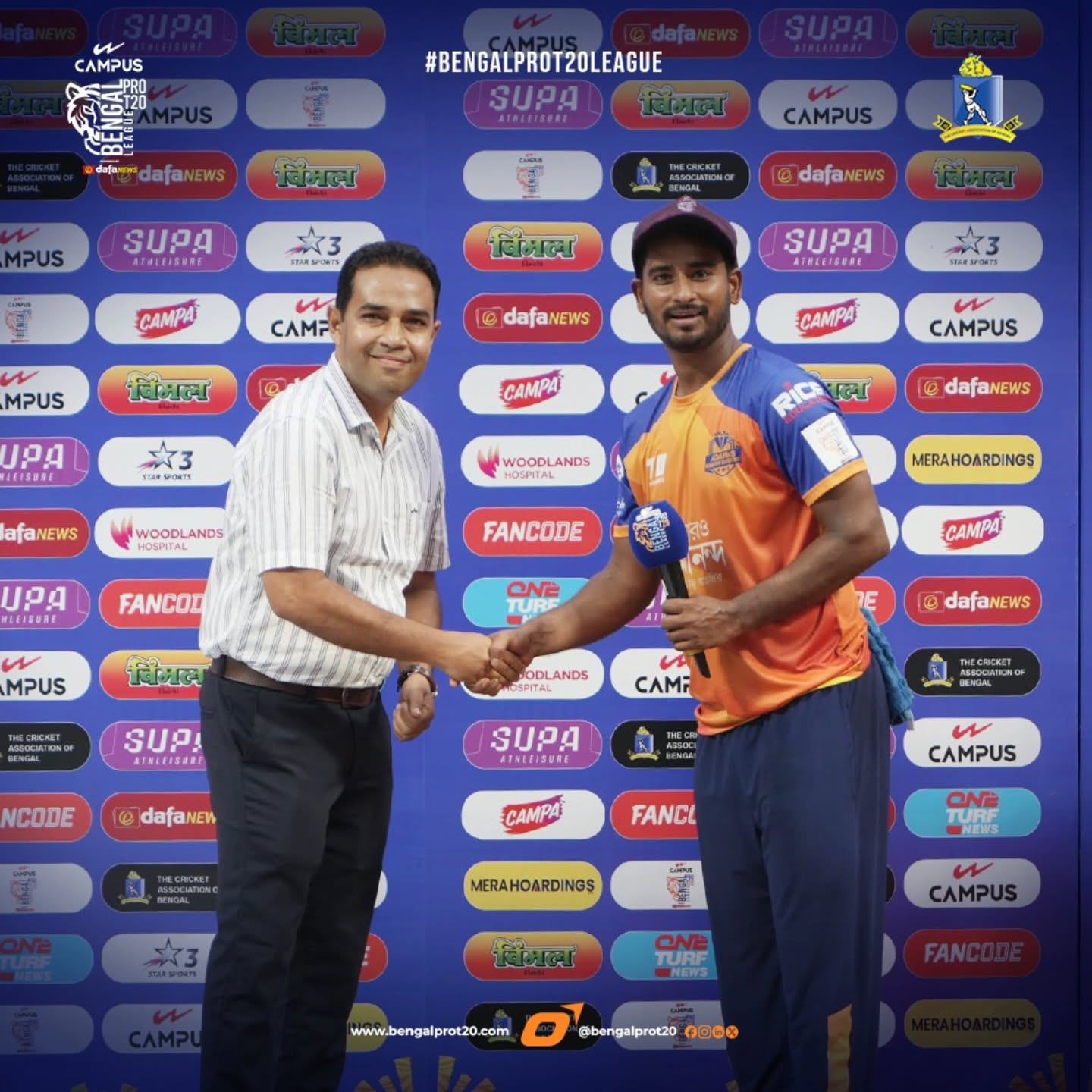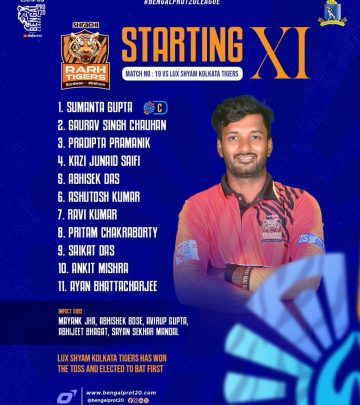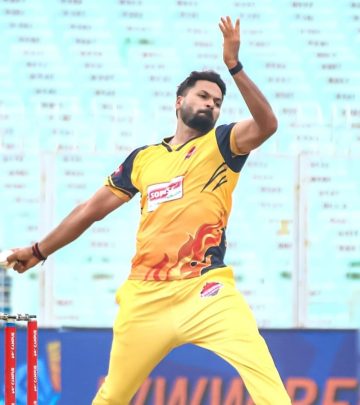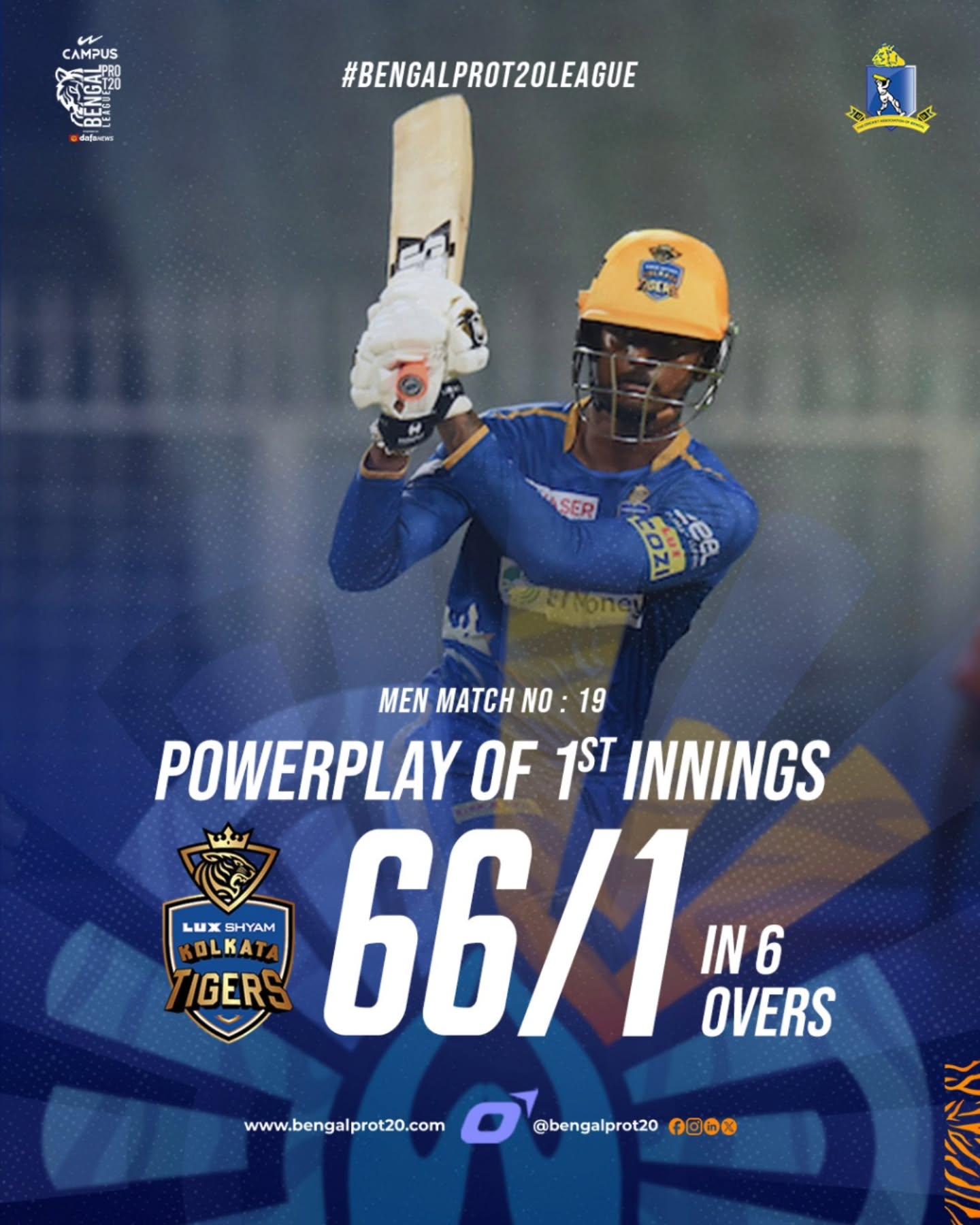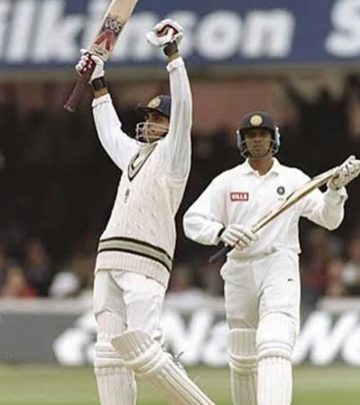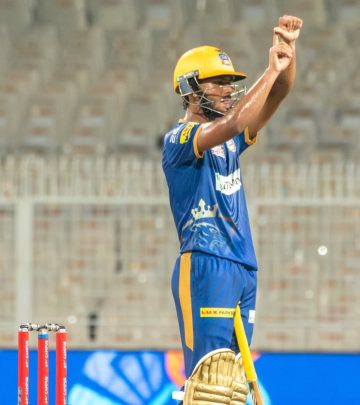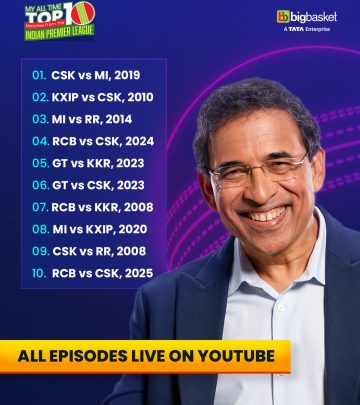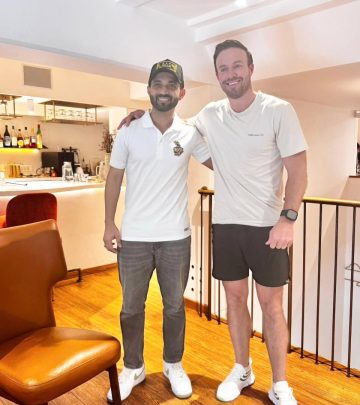Train Smarter: The Right Way To Get Faster
Training success optimal rest clear intent and balanced programming yield peak performance.
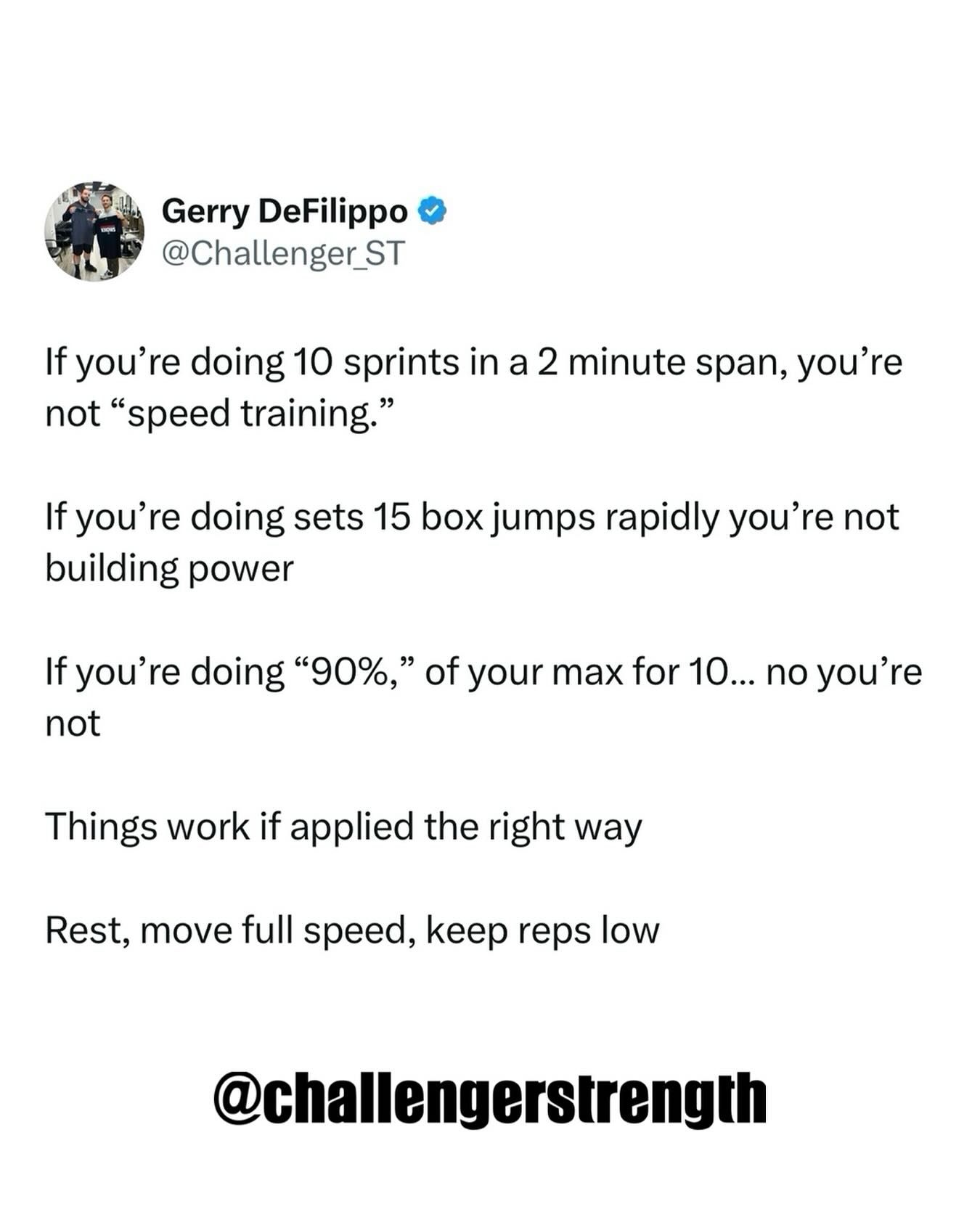
Image: Instagram
In a climate where quick fixes and high-intensity drills often steal the spotlight, a refreshing reminder has emerged: true athletic improvement comes from doing things the right way. Strength and conditioning specialist Gerry DeFilippo, known online as @challengerstrength, underscores the importance of not relying solely on sprints, box jumps, and endless lifting sessions. Instead, he stresses that proper rest, clear intent, and a balanced approach are the essential ingredients for real progress.
Training The Right Way
Gerry DeFilippo shared his insights in a recent Instagram post, accompanied by an illustrative image of a focused training session. The caption reads, “You don’t get faster just because you do ‘sprints,’ or box jumps. You don’t magically get stronger from lifting. You get better by doing these things the RIGHT way. The right rest, right intent. This is all extremely important.” This concise message resonates with athletes across disciplines—whether they are runners, bodybuilders, or team sports competitors. It’s a reminder that hard work alone is not enough; how you train matters just as much as how much you train.
Prioritizing Recovery And Intent
In an era where many athletes believe that more is always better, DeFilippo’s perspective offers a counter-narrative. Enhanced performance is not achieved by piling on sprint sessions or executing repetitive box jumps without a thought toward recovery. Instead, the emphasis should be on strategic training practices. As noted by DeFilippo, sighs and thoughtful pauses in the training routine allow the body to supercompensate and get stronger between sessions. This approach is echoed in other posts by fitness expert Julian Locasto, whose previous Instagram insights have questioned the effectiveness of isolated training methods that neglect recovery and deliberate programming.
Athletes who merely focus on increasing the volume of their workouts may find that they reach a performance plateau—or worse, suffer from burnout and injury. Instead, by incorporating calculated rest periods into their routines, athletes can maximize the benefits of their hard work. Whether it’s a brief recovery interval between high-intensity sprints or a more structured period of active recovery after a heavy lifting session, taking the time to let the body rest is crucial.
Bridging The Gap Between Theory And Practice
Across social media channels, discussions have sparked over the right balance between strength training and speed work. DeFilippo’s approach has derived support from several influencers who have shared their own experiences. One related Instagram post by Julian Locasto emphasized that athletes should not be overly fixated on a single aspect, such as lifting heavy weights, but should instead aim to be faster, more explosive, and more agile. “Strength and size gains will happen, but let them be a side effect of training to get faster,” Locasto wrote. This holistic philosophy aligns with DeFilippo’s views and reinforces the idea that maximizing athletic potential requires a careful balancing act.
The modern training landscape, filled with complex routines and ever-evolving techniques, may sometimes seem overwhelming. However, reverting to the core principles—proper rest, intentional practice, and a balanced program—can bring clarity and improved performance. Athletes, regardless of their sport, are encouraged to assess not just the volume of their work but also its quality. Refocusing attention on the fundamentals can lead to significant advancements in speed, power, and overall athletic capability.
Beyond The Gym: Lessons For Every Athlete
What makes these insights even more compelling is their broad applicability. Whether an athlete is training for a championship match or striving to maintain seasonal fitness, the lesson remains the same: improvement is not a matter of more work, but of smarter work. The training tips shared by DeFilippo and echoed by Locasto serve as sound advice for those looking to enhance their performance without succumbing to the pitfalls of overtraining.
For many athletes and fitness enthusiasts, the journey to peak performance involves more than just physical exertion. It is also about listening to the body’s signals, planning strategically, and being patient in the pursuit of progress. This approach not only helps in achieving better results but also mitigates the risks of injuries that often accompany a relentless training regimen.
The dialogue around proper training methods is gaining momentum online, with several experts urging athletes to rethink their strategies. As more athletes embrace the importance of rest and clear training objectives, a shift in the overall mindset of strength and conditioning is emerging. This movement advocates for a balance between intensity and recovery—a balance that ultimately fosters sustainable improvement and long-term success on and off the field.
The message is clear: whether you’re a young athlete laying the foundation for your career or a seasoned competitor looking to fine-tune your edge, integrating smart recovery and thoughtful intent into your training regimen is indispensable. As the conversation evolves, it continues to shape a promising future for athletic performance and health.
Read full bio of Joyce



